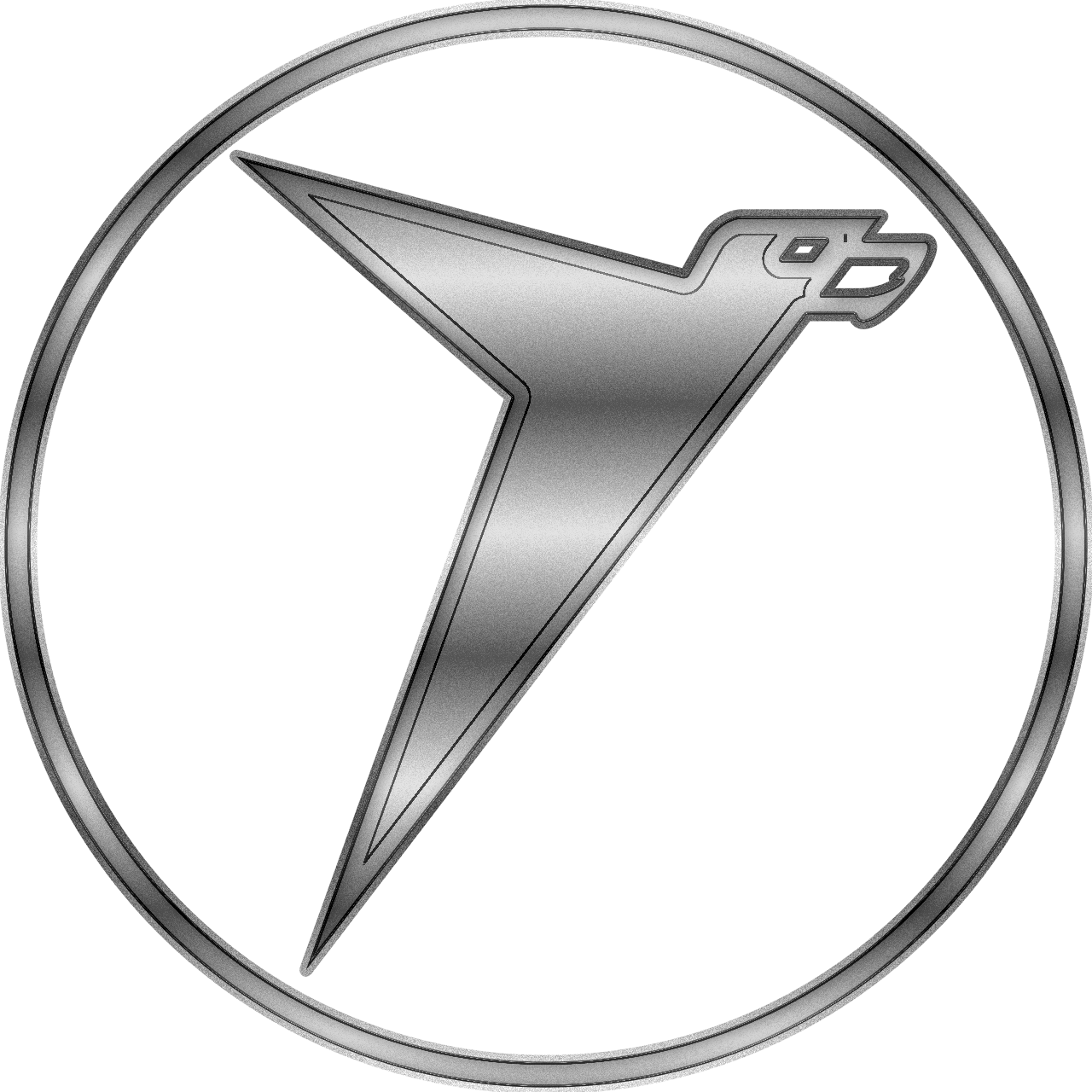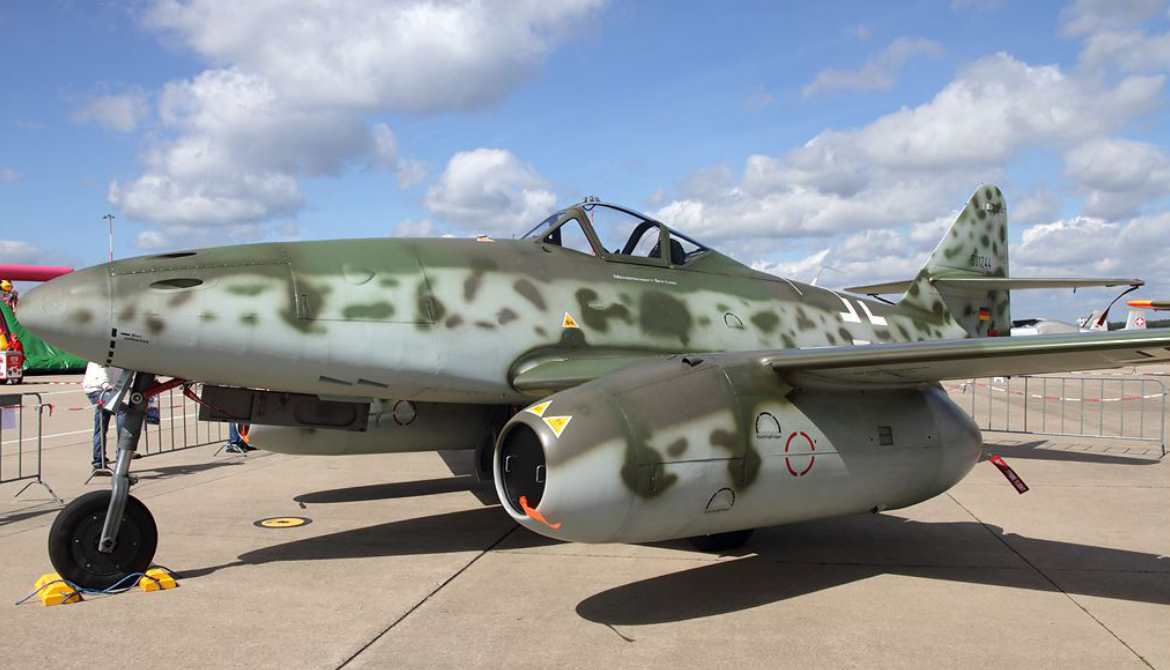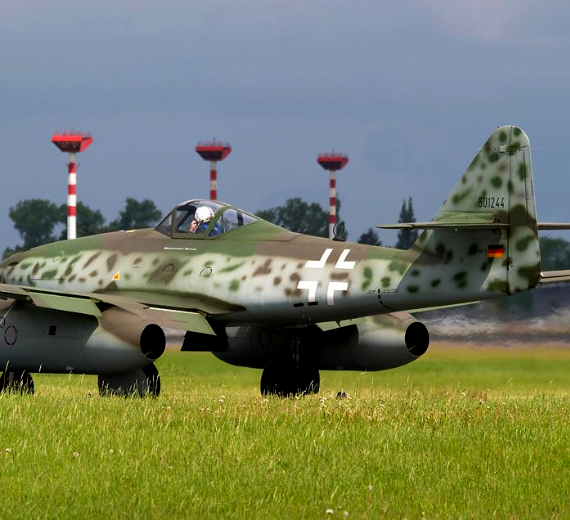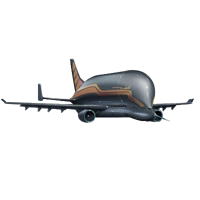Messerschmitt
Me-262 Swalbe
Role Fighter aircraft and fighter-bomber
Manufacturer Messerschmitt
First flight
18 April 1941 with piston engine (Junkers Jumo 210)
18 July 1942 with jet engines (Junkers Jumo 004) Introduction April 1944
Retired
1945, Germany
1951, Czechoslovakia
Primary users Luftwaffe
Czechoslovak Air Force (S-92)
Number built 1,430
Developed into Messerschmitt P.1099
.
History Bayerische Flugzeugwerke (BFW)
Messerschmitt AG
Messerschmitt Me 262, nicknamed Schwalbe
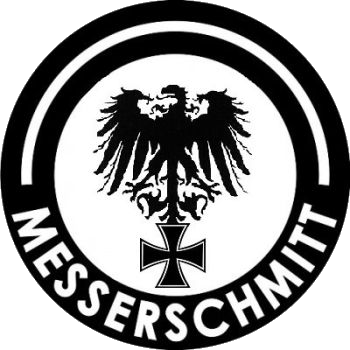
The Messerschmitt Me 262, nicknamed Schwalbe (German: "Swallow") in fighter versions, or Sturmvogel (German: "Storm Bird") in fighter-bomber versions, is a fighter aircraft and fighter-bomber that was designed and produced by the German aircraft manufacturer Messerschmitt. It was the world's first operational jet-powered fighter aircraft.
The design of what would become the Me 262 started in April 1939, before World War II. It made its maiden flight on 18 April 1941 with a piston engine, and its first jet-powered flight on 18 July 1942. Progress was delayed by problems with engines, metallurgy, and interference from Luftwaffe chief Hermann Göring and Adolf Hitler. The German leader demanded that the Me 262, conceived as a defensive interceptor, be redesigned as ground-attack/bomber aircraft. The aircraft became operational with the Luftwaffe in mid-1944. The Me 262 was faster and more heavily armed than any Allied fighter, including the British jet-powered Gloster Meteor. The Allies countered by attacking the aircraft on the ground and during takeoff and landing.
Prototypes
Origins
Several years before World War II, the Germans saw the potential for aircraft powered by the jet engine constructed by Hans von Ohain in 1936. After the successful test flights of the world's first jet aircraft—the Heinkel He 178—within a week of the invasion of Poland which started the conflict, they adopted the jet engine for an advanced fighter aircraft. As a result, the Me 262 was already under development as Projekt 1065 (not to be confused with Projekt 1065 Gratz, or P.1065) before the start of the war. The project had originated with a request by the Reichsluftfahrtministerium (RLM, Ministry of Aviation) for a jet aircraft capable of one hour's endurance and a speed of at least 850 km/h (530 mph; 460 kn). Woldemar Voigt headed the design team, with Messerschmitt's chief of development, Robert Lusser, overseeing.
During April 1939, initial plans were drawn up and, following their submission in June 1939, the original design was very different from the aircraft that eventually entered service. Specifically, it featured wing-root-mounted engines, rather than podded ones. The progression of the original design was delayed greatly by technical problems with the new jet engine.

Originally designed with straight wings, problems arose when the long delayed engines proved heavier than originally promised. While waiting for the engines, Messerschmitt moved the engines from the wing roots to underwing pods, allowing them to be changed more readily if needed. That turned out to be important, both for availability and maintenance.
When it became apparent that the BMW 003 jets would be significantly heavier than anticipated, on 1 March 1940, it was decided that instead of moving the wing backward on its mount, the outer wing would be swept slightly rearwards to 18.5 degrees, to accommodate the change in the centre of gravity and to position the centre of lift properly relative to the centre of mass. (The original 35° sweep, proposed by Adolf Busemann, was not adopted.0
KmCeiling
0
KmCombat RANGE
0
Km/hAircraft Speed
0
Max Crew
Photo Gallery
Bayerische Flugzeugwerke (BFW)
Messerschmitt
Messerschmitt Me 262, nicknamed Schwalbe

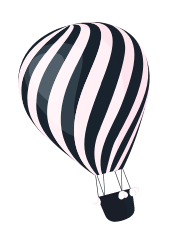
Bayerische Flugzeugwerke (BFW)
Messerschmitt
Messerschmitt Me 262, nicknamed Schwalbe
General Info
-
-
- Crew: 1
- Length: 10.6 m (34 ft 9 in)
- Wingspan: 12.6 m (41 ft 4 in)
- Height: 3.5 m (11 ft 6 in)
- Wing area: 21.7 m2 (234 sq ft)
-
Powerplant
-
-
- Empty weight: 3,795 kg
- Gross weight: 6,473 kg
- Max takeoff weight: 7,130 kg
- Powerplant: 2 × Junkers Jumo 004B-1 axial-flow turbojet engines, 8.8 kN (1,980 lbf) thrust each
-
Performance
- Maximum speed: 900 km/h (560 mph
- Range: 1,050 km (650 mi, 570 nmi)
- Service ceiling: 11,450 m (37,570 ft)
- Rate of climb: 20 m/s (3,900 ft/min) at max weight of 7,130 kg (15,720 lb)
- Thrust/weight: 0.28
Armament
- Guns: 4 × 30 mm MK 108 cannon (the A-2a had only two cannons)
- Rockets: 24 × 55 mm (2.2 in) R4M rockets
- Bombs: 2 × 250 kg (550 lb) bombs or 2 × 500 kg (1,100 lb) bombs (A-2a variant)
.
Links to Youtube & Others
The first Bf 109As served in the Spanish Civil War. By September 1939, the Bf 109 had become the main fighter of the Luftwaffe, replacing the biplane fighters, and was instrumental in gaining air superiority for the Wehrmacht during the early stages of the war.
Messerschmitt Me 262, nicknamed Schwalbe
Nicknamed Schwalbe (Swallow), the Messerschmitt Me 262 surpassed the performance of every other World War II fighter.
Youtube Link
Only nine Me 262s survive in museums around the world. This one served with the famous Jagdgeschwader (Fighter Wing) 7.
